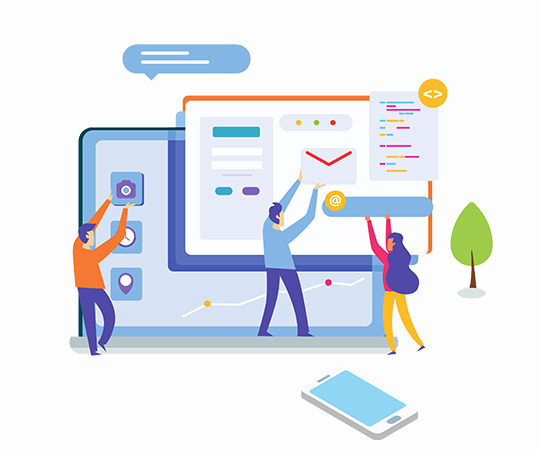Introduction:
Feedback is a crucial element for growth and improvement in any organization. It provides valuable insights into employee experiences, satisfaction levels, and areas that require attention. To streamline the feedback process and maximize its impact, many companies are turning to employee feedback software. In this blog post, we will explore how employee feedback software is revolutionizing the way organizations listen to their employees and take action.
-
The Importance of Employee Feedback:
Employee feedback is essential for several reasons. It helps organizations identify areas of improvement, enhance employee engagement, foster a positive work culture, and drive overall performance. By actively seeking and acting upon feedback, organizations demonstrate their commitment to continuous improvement and employee satisfaction.
-
Streamlined Feedback Collection:
Employee feedback software provides a centralized platform for collecting feedback. It eliminates the need for manual processes, such as paper-based surveys or email exchanges, which can be time-consuming and inefficient. With feedback software, organizations can design and distribute surveys, set automated reminders, and collect responses in real-time, streamlining the entire feedback collection process.
-
Anonymous and Safe Environment:
To encourage honest and constructive feedback, employee feedback software often allows employees to provide anonymous responses. This anonymity creates a safe environment where employees feel comfortable sharing their thoughts, concerns, and suggestions without fear of retribution. It helps organizations gather more accurate and transparent feedback, enabling them to address issues effectively.
-
Regular Pulse Surveys:
Traditional annual or biannual surveys may not capture the timely and evolving needs of employees. Employee feedback software enables organizations to conduct regular pulse surveys—short, frequent surveys that gauge employee sentiments, satisfaction levels, and engagement. These pulse surveys provide real-time insights and allow organizations to take swift action to address concerns and make improvements.
-
Actionable Insights and Analytics:
Employee feedback software goes beyond data collection; it provides powerful analytics and reporting features. These features enable organizations to analyze feedback trends, identify patterns, and gain actionable insights. By leveraging these insights, organizations can make informed decisions and implement targeted strategies to improve the employee experience and drive positive change.
-
Continuous Feedback Loops:
Effective feedback processes are not just about collecting feedback; they also involve closing the loop with employees. Employee feedback software facilitates continuous feedback loops by providing tools for managers and leaders to respond, acknowledge, and communicate actions taken based on the feedback received. This fosters a culture of transparency, trust, and open communication within the organization.
-
Integration with Performance Management:
Employee feedback and performance management go hand in hand. Feedback software can be integrated with performance management systems, allowing organizations to align feedback with goal setting, performance evaluations, and professional development plans. This integration ensures that feedback is tied to individual growth and supports employees in reaching their full potential.
What are Employee Engagement Tools?
Employee engagement tools are software solutions designed to facilitate and promote engagement among employees. They provide a digital platform that enables organizations to connect, communicate, collaborate, and recognize employee contributions. These tools leverage technology to streamline engagement initiatives and create a cohesive and motivated workforce.
Seamless Communication and Collaboration:
Employee engagement tools offer features that enhance communication and collaboration across teams, departments, and even geographical locations. These tools provide chat functions, discussion boards, project management platforms, and file-sharing capabilities, enabling seamless communication and fostering a collaborative work environment. By breaking down silos and promoting teamwork, organizations can drive engagement and innovation.
Recognition and Rewards:
Recognizing and appreciating employee achievements is a fundamental aspect of employee engagement. Employee engagement tools often include features that facilitate employee recognition and rewards programs. These tools enable peer-to-peer recognition, manager acknowledgments, and gamification elements to celebrate milestones and achievements. By implementing a culture of recognition, organizations motivate employees and foster a positive work atmosphere.
Conclusion:
Employee feedback is a powerful tool that organizations can leverage to drive positive change, enhance engagement, and foster a culture of continuous improvement. Employee feedback software revolutionizes the way organizations collect, analyze, and act upon feedback, providing a streamlined and efficient process. By actively listening to their employees and taking action, organizations can create an environment where employees feel valued, empowered, and motivated to contribute their best. Embrace the power of employee feedback software and unlock the potential for growth and success within your organization.




